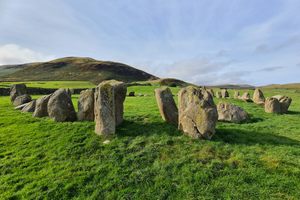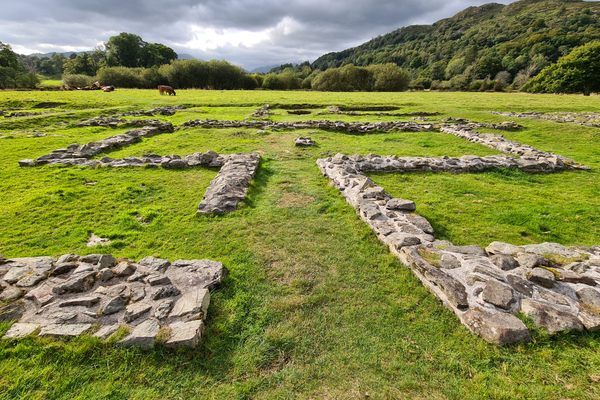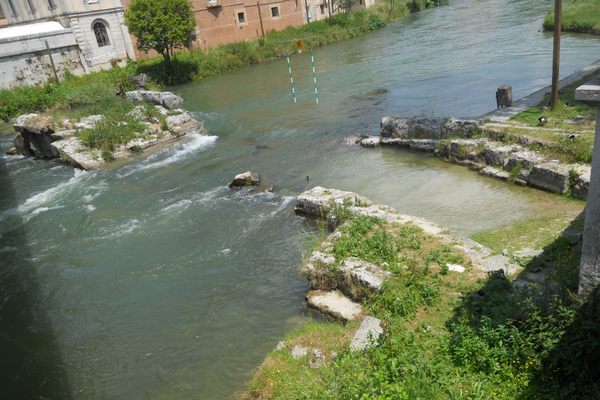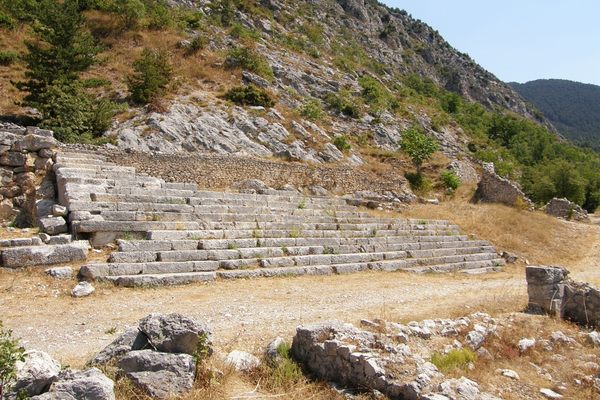About
Update as of September 2023: The ruins have been fenced off to protect them from damage.
Ravenglass is on the western edge of Cumbria's Lake District National Park, the park's only coastal village. Here there are remains of a once bustling Roman fort and naval outpost, but the most complete ruins are those of a first-century bath house. It’s been 2,000 years, but you can still see its walls, doors, and windows.
The convergence of three rivers, the Irt, the Mite, and the Esk, has formed a natural harbor at Ravenglass, which became a strategic port for imports and exports in Roman Britain. The Empire built a large fort here, known as Glennaventa, which supplied goods and troops during the building of Hadrian's Wall further north, and there is evidence of occupation for over 300 years. Only some earthworks are evident on the site of the fort itself; however, a significant portion of the stone bathhouse is still visible. Not all of the rooms are intact, but it likely followed a standard structure: a couple of changing rooms, warming rooms, a hot bath, and a cold plunge. (Actually, seems like just about any spa you’d visit today.)
The ruins are some of the tallest Roman remains in Britain, and the site now sits quietly between the Cumbrian West Coast railway line and the Lakeland Fells. It’s in the guardianship of English Heritage and looks like it could stand for another couple of thousand years.
Related Tags
Know Before You Go
Ravenglass is in the Lake District, a mile and a half from the coast of the Irish Sea. There is a car park in town, and from there it is a short half mile, signposted walk to the ruins at the fork in the road.
There is a fee for parking in town, but access to the ruins is free, and open for exploring during daylight hours. (Note that the road leading directly to the site is private, however, the footpath runs alongside and is open to the public.)
Published
May 19, 2016






























